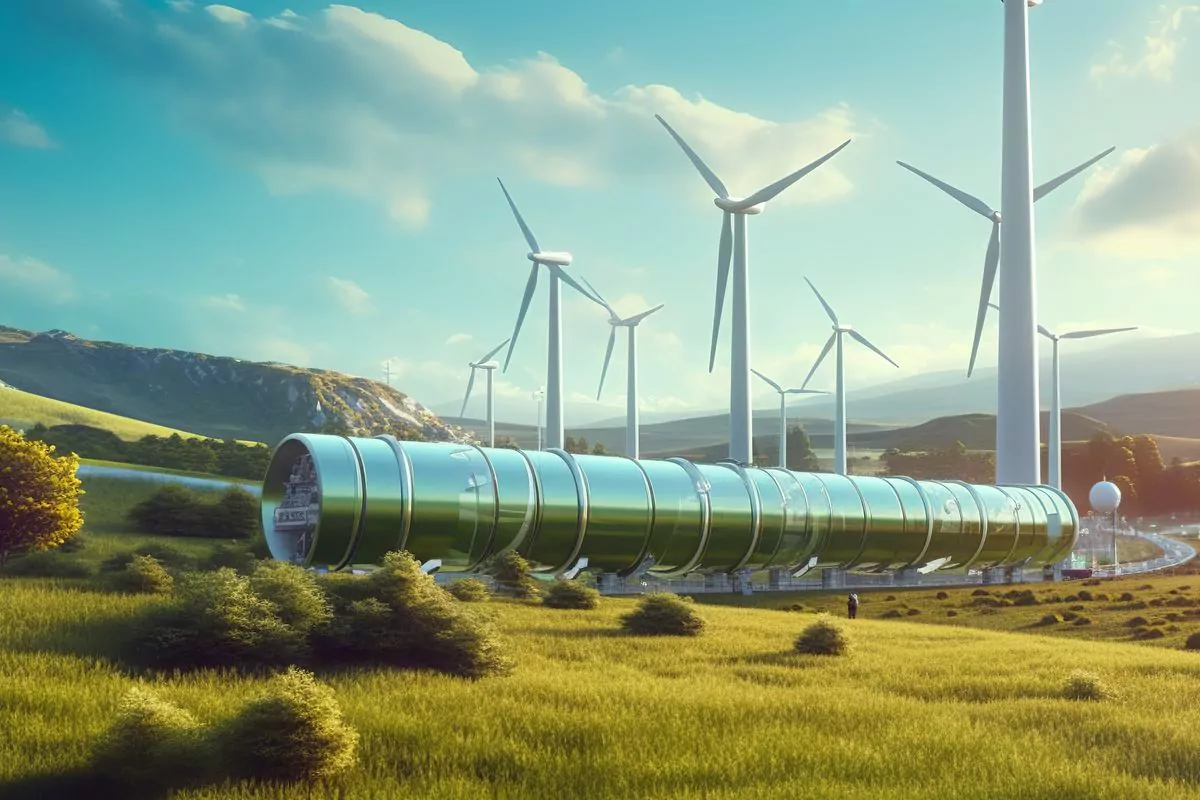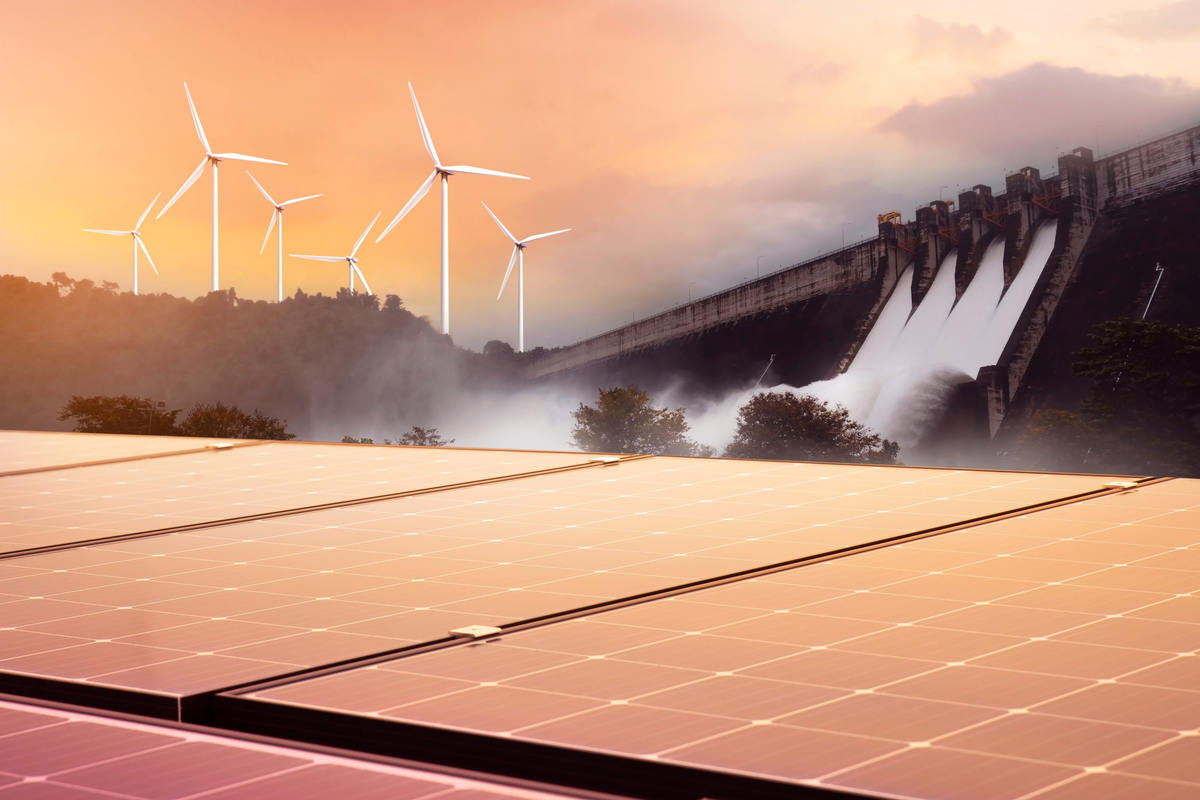
Decarbonization

Turn the reduction of your GHG emissions into a competitive advantage
Our specialized team supports companies in defining and deploying their energy performance strategies to achieve their carbon neutrality objectives.
They trust us















The challenges related to decarbonization
While the objectives of decarbonization seem to be accepted by all to achieve the climate transition, many challenges lie ahead for industrial players, but also for public players, to turn energy efficiency into a reality.
First, the transformation of our industries requires the emergence of disruptive innovations to meet the objectives of reducing greenhouse gas emissions and achieving carbon neutrality.
Moreover, the objectives of carbon neutrality must lead to the emergence of a new type of industrial model while maintaining the level of competitiveness prior to the transition.
Finally, global industrial decarbonization must be accompanied by social dialogue, to find ways of promoting the efforts made by manufacturers.
Let’s find out more about the major stakes of decarbonization:
There are numerous projects and types of solutions for capturing, using, and storing CO2 to prevent it from fueling climate change. To achieve the industry’s decarbonization objectives, multiple paths are being explored:
- The consumption of green or renewable energies, such as natural gas, biogas or hydrogen, aims to replace the consumption of traditional fossil fuels.
- CCUS (Carbon Capture, Utilization and Storage) technology, which makes it possible to store the carbon emitted, or to reuse it as a co-product for energy production or for the production of materials, for example for construction.
- Energy sobriety approaches, to reduce net carbon emissions.
Given the variety of innovations linked to these approaches, global manufacturing companies must still:
- Be supported in the scale-up of these sustainable processes and systems, which are not yet mature, to prove their effectiveness in the reduction of carbon emissions generated. The promises of hydrogen, for instance, have yet to be translated into a truly decarbonized production chain, in order to avoid a simple carbon emission shift in the production process.
- Implement a system with complex decarbonization strategies: as there is no single solution, innovations must be combined and designed according to the specific conditions of each sector. Decisions must often be made site by site. The use of carbon in construction materials, for instance, will only make sense if it can be used locally, as transporting materials over long distances can cancel out the carbon savings made.
What are the innovative decarbonization solutions adapted to my type of industrial process and the change of technology? How can I develop a policy that maximizes the use of several processes and systems at different stages of my production process? What are the tools upstream and downstream for measuring decarbonization strategies?
The deep changes that will be required by the decarbonization of industry generally demand a significant share of investment from industrial companies, whose management may therefore perceive them as a hurdle in the system rather than an opportunity.
In the first place, public support mechanisms appear to be essential to initiate the implementation of a low-carbon policy. But beyond the constraints, global manufacturing companies must now think of decarbonization as a type of growth lever. In a period of energy crisis, decarbonization approaches can help keep the impact of soaring fossil fuel prices low. It is also important to emphasize the significant potential impact on strategic energy autonomy, through value chains that are more independent of foreign states.
In addition, decarbonization approaches can be considered as a factor for savings, through sustainable approaches of transition and optimization of production processes and systems, but also in anticipation of carbon pricing whose weight could weigh heavily on many industries in the years to come.
How to implement an economically efficient carbon policy? What public support is available for carbon neutrality?
The climate emergency is a social issue and a concern for citizens. “Consum’actors” are more and more committed in their daily choices in favor of ecology, despite financial constraints. For this reason, industrial players in the various links of the value chain have the opportunity to respond to these public demands through their strategies for decarbonizing industry. By implementing strong and impactful action steps, some manufacturing companies can generate new sources of value by differentiating themselves in their system through their environmental commitment.
However, it is important to avoid any type of greenwashing, which can have disastrous consequences for a company’s image, sales, and recruitment appeal. The decarbonizing industry remains particularly complicated, given the multiple parameters to be taken into account and the complexity of the calculation methods. Although several labels provide a type of framework for the climate action of companies, their multiplicity does not yet provide sufficient clarity for consumers.
Economic issues are also a key challenge in the relationship between companies and consumers. In a period of strong pressure on purchasing power, the value of companies’ efforts to reduce greenhouse gas emissions and their carbon footprint must remain within acceptable proportions to avoid finding themselves nestled in a premium category that is not accessible to the average consumer.
In this context, the different actors of the value chain must share the amortization of the investment for climate protection and technology transition. This requires a rethinking of certain relationships and going beyond a customer/supplier approach to consider approaches based on partnership and cooperation.
What are the labels and initiatives that allow my company’s decarbonization efforts to be recognized? How can I set them up? How can I reinvent my value chain in order to share efforts and benefits in the system?
How we support you in your projects related to decarbonization
For more than 30 years, Alcimed has been accompanying all the actors of the value chain in their innovation challenges to answer global technological, economic, societal and environmental stakes. Decarbonization is a key climate topic for our clients, becoming more and more important in their innovation strategies.
Our projects cover topics as diverse as the development of energy performance strategies and decarbonization roadmaps, competitor analysis and benchmark reports, state of the art and landscapes of existing and developing technological solutions, valorization strategies, the implementation of new business models, sector studies, and many others!
The diversity of our clients, the geographical areas we explore, and the types of projects we carry out, give us a global and in-depth understanding of the problems and stakes related to decarbonization strategies.
Examples of recent projects carried out for our clients in decarbonization
Supporting an economic development agency in its regional decarbonization plan
We accompanied a French regional economic development agency in a strategic study on the development of its photovoltaic sector, in order to contribute to achieving energy neutrality by 2050.
Our teams analyzed development opportunities regarding the regional value chain and local and external stakes, and then defined a roadmap for the development of photovoltaic technology in priority innovation areas and application markets.
Supporting a player in the defense sector in its strategic reflections on decarbonization
Our client wanted an overview of future low-carbon and decarbonized renewable energies that would meet military operational requirements, in order to better orient its future studies.
To do this, we conducted a 3-step investigation: first, we defined the army’s playgrounds and segmented the related uses, then our team identified and segmented the relevant low-carbon and decarbonized energy types, before characterizing and selecting the most relevant technologies for our client.
Finally, 40 energy bricks were analyzed to create an overview report of the army’s future renewable energies, thanks to which our client was able to build its strategy.
Supporting an industrial client in building an industrial electrification offer
For a company in the energy sector, we conducted a market study to establish the positioning of its industrial electrification offer.
For this project, our team studied the different decarbonization strategies, the types of technology available and the specificities that exist in our client’s target sectors (O&G, metal, F&B, glass and cement). We then exchanged with decision-makers in these market segments, to gather their receptivity to our client’s decarbonization offer, with regard to their own commitments and industrial constraints.
As a result, our client was able to develop a better understanding of its sector’s current electricity needs and was also able to refine its offering to make it the most relevant in its market in view of climate change.
Supporting an industrial player in identifying a set of solutions for mitigating greenhouse gas emissions related to enteric fermentation of cattle
To help our client achieve its carbon neutrality goals, we conducted a review of innovations to reduce enteric fermentation in dairy cows. We explored 3 main types of sources: scientific publications, disruptive commercial solutions, and interviews with technical institutes and additive suppliers.
During a workshop with our client, we elaborated its 15-year roadmap, integrating the set of process solutions to be implemented as well as the action steps to be carried out for each solution (partners, red flags to work on, solution ambassadors, …).
In addition to a roadmap, key implementation partners have been identified to anticipate the first steps of operational implementation.
Development of a methodology and tool to assess the environmental impact of R&D projects for a pharmaceutical laboratory
Alcimed helped a leader in the pharmaceutical industry strengthen its CSR strategy by developing a methodology and a tool to assess the environmental impact of its R&D projects in order to reduce its carbon footprint.
To achieve this, our team began by defining the needs of the customer and its teams, based on internal documents concerning its CSR strategy. Following this, we developed an assessment tool for R&D project managers, built around a “step-by-step” approach to evaluate the environmental impact of each stage of the process and the overall impact of the project. In addition, our team produced a user’s guide for the tool, to support future users in their approach and in their questioning.
These tools have enabled our customer to document the environmental impact of its various R&D projects, and to commit its teams to an eco-design approach in line with the company’s CSR strategy. From now on, they will enable development approaches to be harmonized between teams in different geographical regions, whatever the complexity of the projects!
Evaluation of the greenhouse gases emitted and avoided by the operation of space systems for an international aerospace player
Alcimed helped its client, an international aerospace player, to assess greenhouse gas emissions downstream of its space systems, as well as to draw up a more global picture of its environmental and societal impact.
To achieve this, our team worked within a consortium to first identify all downstream emissions from two space systems and carry out qualitative assessments of their impact on climate and the environment. The consortium then developed a methodology capable of estimating the emissions avoided and induced by a satellite. Finally, the team was able to successfully apply the methodology to two satellite programs in the course of two case studies aimed at calculating the greenhouse gas emissions of each.
Our recommendations have enabled our customer to continue assessing and reducing its greenhouse gas emissions, and to identify the areas on which to focus efforts to reduce its environmental footprint.
You have a project?
To go further
Energy - Environment - Mobility
The industrial exploitation of white hydrogen, myth or reality?
Where is white hydrogen found? One of white hydrogen’s unique features is that it can be found all over the world. However, while it is globally distributed, deposits of natural hydrogen are ...
Energy - Environment - Mobility
5 levers for reducing the environmental impact of renewable energy
The environmental impact of renewable energy, like wind power, is not neutral. Discover 5 ways to reduce their ecological footprint.
Energy - Environment - Mobility
Wind propulsion: maritime transport is reshaping to adapt to the climate crisis
The climate crisis talks the maritime industry into reinventing itself. What are the issues involved in the diffusion of wind propulsion?
Founded in 1993, Alcimed is an innovation and new business consulting firm, specializing in innovation driven sectors: life sciences (healthcare, biotech, agrifood), energy, environment, mobility, chemicals, materials, cosmetics, aeronautics, space and defence.
Our purpose? Helping both private and public decision-makers explore and develop their uncharted territories: new technologies, new offers, new geographies, possible futures, and new ways to innovate.
Located across eight offices around the world (France, Europe, Singapore and the United States), our team is made up of 220 highly-qualified, multicultural and passionate explorers, with a blended science/technology and business culture.
Our dream? To build a team of 1,000 explorers, to design tomorrow’s world hand in hand with our clients.
Decarbonization is the process of reducing greenhouse gas emissions, primarily carbon dioxide and methane from various sources related to economic activities.
Industrial decarbonization aims to implement strategies and technologies that reduce the carbon footprint of industrial activities.
For industrial players, the decarbonization strategy revolves around four pillars:
- Improving energy efficiency, in particular by optimizing processes, reducing losses (energy, materials, etc.), using the heat produced and using less energy-intensive technologies,
- Electrification of processes and the transition to renewable energy sources such as solar, wind and biomass,
- Work on materials (natural alternative raw materials, recycled components, etc.) and the supply chain (more virtuous, more local, etc.).
- CO2 capture and storage, enabling the carbon emitted to be stored or reused for valorisation purposes.


